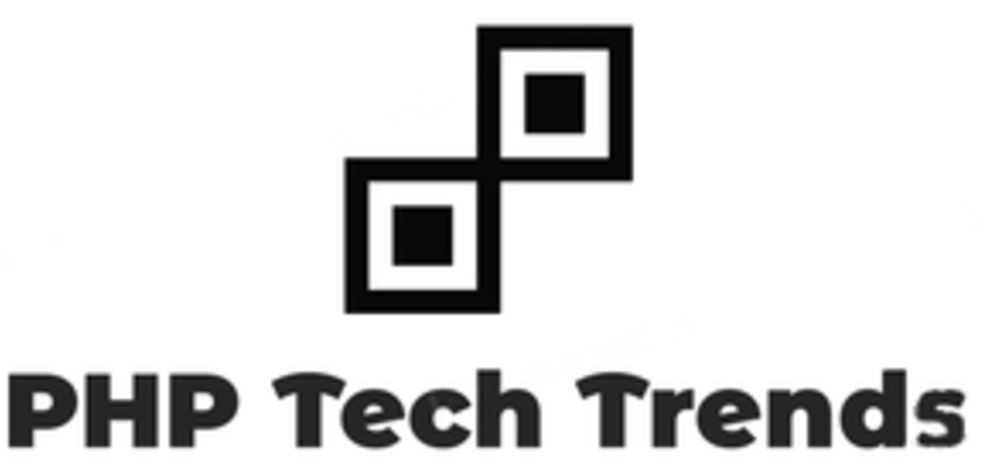In the ever-evolving world of programming, two languages often find themselves at the forefront: PHP and Python. Both have carved out their niches, but they cater to different needs and preferences. Whether you’re a budding developer or an experienced programmer, choosing between these two can be quite a challenge.
PHP has long been a staple for web development. It’s known for its speed in processing server-side tasks and seamless integration with various databases. On the other hand, Python offers versatility that stretches beyond web applications into data analysis, artificial intelligence, machine learning, and more.
So how do you decide which language is right for your project? Let’s dive deep into performance and speed comparisons between PHP and Python to help you make an informed choice!
What is Performance and Speed in Programming?
Performance and speed in programming are crucial metrics that dictate how efficiently a program runs. They determine user satisfaction, application responsiveness, and overall system efficiency.
Performance often refers to how well an application uses resources like CPU, memory, and disk space. It’s about maximizing output while minimizing resource consumption. A high-performing application can handle more tasks simultaneously without lagging or crashing.
Speed focuses on the time it takes for code to execute. Fast execution leads to better user experiences—pages load quicker, applications respond instantaneously, and processes complete sooner.
Both factors influence scalability too. As user demand grows, maintaining performance and speed becomes essential for adapting to increased loads. In the competitive tech landscape, developers must prioritize these aspects to deliver quality software solutions that stand out from the rest.
Benchmarks of PHP and Python
Benchmarks provide valuable insights into the performance of programming languages like PHP and Python. They measure how well each language handles various tasks, from web development to data processing.
PHP is often praised for its speed in executing server-side scripts. Many benchmarks show that it excels in handling concurrent requests, which is crucial for high-traffic websites. Its architecture supports efficient memory usage, contributing to faster load times.
Python, on the other hand, shines in versatility and ease of use. While it may not match PHP’s raw execution speed in some scenarios, its rich ecosystem allows developers to optimize performance through libraries like NumPy and Pandas for specific tasks.
Comparative benchmarks reveal a mixed bag depending on application context. Each language has strengths tailored to different environments—showing that choice depends significantly on project requirements rather than outright speed alone.
Factors Affecting Performance and Speed
Many elements impact the performance and speed of PHP and Python applications. One significant factor is the type of application being built. Web applications, data analysis tools, or machine learning models may require different optimizations.
Another consideration is the choice of frameworks. Both languages have numerous frameworks that can either enhance or hinder performance based on how they are utilized.
The efficiency of algorithms also plays a crucial role. Well-optimized code can significantly reduce execution time, while poorly designed algorithms might lead to bottlenecks.
Resource management matters too. How memory is allocated and managed will affect an application’s overall speed.
Server configuration cannot be overlooked; hardware capabilities influence how quickly scripts run in production environments. Each element intertwines to shape the final output’s responsiveness and efficiency.
Real-World Applications of PHP and Python
PHP is a powerhouse for web development. It drives major platforms like WordPress, Facebook, and Wikipedia. Companies needing dynamic websites often turn to PHP for its ease of integration with databases.
On the other hand, Python shines in data science and machine learning. Its libraries, such as Pandas and TensorFlow, enable complex data analysis and AI projects effortlessly. Businesses from finance to healthcare leverage Python to glean insights from massive datasets.
Both languages have made their mark in e-commerce too. PHP powers countless online stores through frameworks like Magento. Meanwhile, Python’s versatility allows it to manage backend processes while providing seamless user experiences.
From content management systems to artificial intelligence applications, each language serves distinct purposes tailored to different industries’ needs. This diversity highlights the importance of choosing the right tool for specific tasks.
Pros and Cons of Using PHP or Python
PHP is widely recognized for its ease of use, especially for web development. It integrates seamlessly with HTML and databases, making it a go-to choice for many developers. Its extensive community support offers numerous frameworks and libraries, speeding up the development process.
On the flip side, PHP can sometimes face criticism regarding security vulnerabilities if not coded properly. This may deter some businesses from relying solely on it for critical applications.
Python boasts a clean syntax that enhances readability and maintainability. It’s versatile enough to handle everything from web apps to data analysis and machine learning. The thriving ecosystem of libraries like NumPy or Django further expands its capabilities.
Python may encounter performance issues in CPU-bound tasks due to its interpreted nature. While it’s great for rapid prototyping, execution speed can be a concern in high-demand scenarios where every millisecond counts.
Conclusion
When comparing PHP and Python, it’s clear that both languages have their strengths and weaknesses. Each has its niche where performance excels. PHP is often favored for web development due to its speed in server-side scripting. Meanwhile, Python shines in data science, machine learning, and task automation thanks to its versatility.
Performance can be influenced by many factors, including the complexity of algorithms and code optimization techniques you employ. Benchmarks show fluctuations; sometimes PHP takes the lead while other times Python shows better results based on specific tasks.
Real-world applications showcase how these languages tackle unique challenges across different industries. Developers must consider not just raw speed but also framework support, community resources, and personal familiarity with each language when choosing a tool for their projects.
At the end of the day, your choice between PHP or Python should align with your project requirements and goals rather than solely focusing on performance metrics. Every developer’s journey varies greatly—choose what resonates best with your needs.

